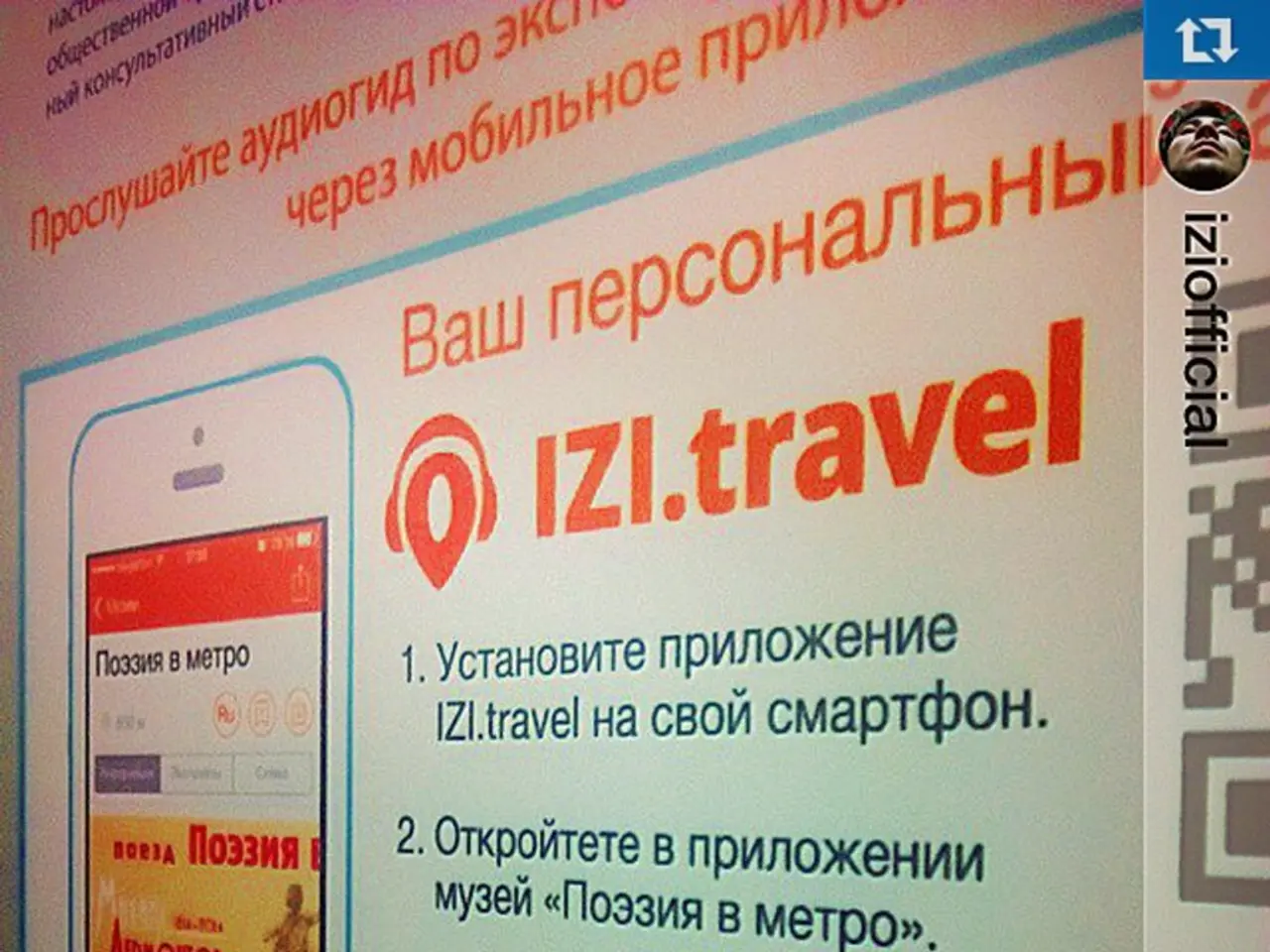Exploring Shifts in Tobacco Advertising Regulations in 2023
In the evolving landscape of tobacco advertising, companies are adapting to the health-conscious era by focusing on narratives that resonate with modern sensibilities. This new approach emphasizes harm reduction, responsible consumption, and corporate social responsibility.
In 2023, tobacco brands are building community connections through various strategies, including interactive campaigns, shared values, and authentic connections. Companies are investing in creative content that uses storytelling, humor, and shared values to foster authentic connections with audiences. This is evident in the use of social media, influencer partnerships, and immersive digital experiences.
Brands like BAT’s Vuse, for instance, promoted e-cigarettes via Instagram accounts (@Vuse.Worldwide) using collaborations with influencers, musicians, DJs, and young artists. They linked their brand to lifestyle events such as Formula 1 racing (partnering with McLaren), music festivals, and fashion, creating strong cultural associations that appeal to young people.
Tobacco companies are also leveraging influencers on platforms like Instagram, TikTok, and Facebook, portraying e-cigarettes as fashionable lifestyle accessories. In countries such as Indonesia and Scotland, 58% of Instagram posts promoting e-cigarettes involve lifestyle content targeting primarily young audiences through relatable influencers.
Beyond traditional social media, tobacco firms have entered new digital realms such as the metaverse. For instance, Indonesian giant Djarum promoted cigarettes through metaverse avatars connected to virtual concerts, blending product marketing with digital events.
Companies are also using technology to allow consumers to visualize products in imaginative contexts or share their stories through interactive features. Interactive campaigns using augmented reality (AR) and gamified experiences are gaining popularity.
As the advertising landscape evolves, tobacco brands are demonstrating a commitment to sustainability and environmentally conscious messaging, reflecting the growing demand for corporate social responsibility among today's consumers. Brands are increasingly prioritizing digital platforms, particularly social media, to reach younger demographics.
By investing in community initiatives, tobacco brands are demonstrating that they care about more than just their bottom line and are making meaningful contributions to the communities in which they operate. Embracing change in 2023 demands a forward-thinking vision where tobacco advertising can harmonize with public health values.
However, tobacco companies still face a complex regulatory environment with strict and evolving laws governing content, placement, and audience targeting. Despite these challenges, the future of tobacco advertising is set to shift toward inclusivity, accountability, and connection, with more brands embracing innovative technologies and community involvement.
[1] https://www.bbc.com/news/business-59093273 [2] https://www.sciencedirect.com/science/article/pii/S2213152520300985 [3] https://www.reuters.com/article/us-indonesia-tobacco-idUSKBN29W04O [4] https://www.smokefree.gov/news/2020/01/23/e-cigarette-marketing-and-youth-appeal/ [5] https://www.statista.com/statistics/574199/global-e-cigarette-market-size/
- In the fashion industry, tobacco brands are creating partnerships with influencers, musicians, and artists to promote e-cigarettes as trendy accessories. (fashion, tobacco, e-cigarettes, influencers)
- Technology plays a significant role in tobacco advertising, with brands utilizing augmented reality and gamified experiences to engage audiences and visualize products in creative contexts. (technology, tobacco, augmented reality, gamified experiences)
- By funding community initiatives and demonstrating corporate social responsibility, tobacco companies are aiming to create bonds with communities beyond their financial interests. (community, tobacco, corporate social responsibility, bonds)
- The tobacco industry faces a regulatory landscape with evolving laws on content, placement, and audience targeting, and must adapt to a future focusing on inclusivity, accountability, and connection through innovative technologies. (regulatory environment, tobacco, inclusivity, accountability, connection, innovative technologies)




